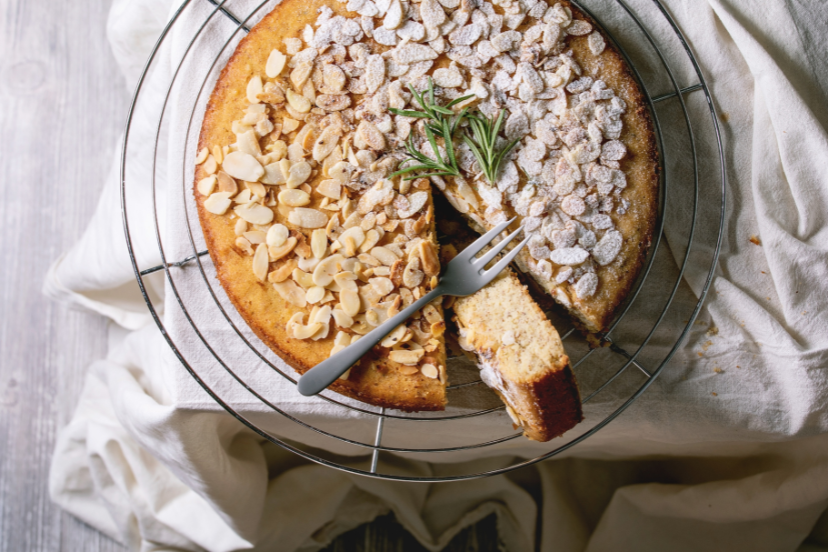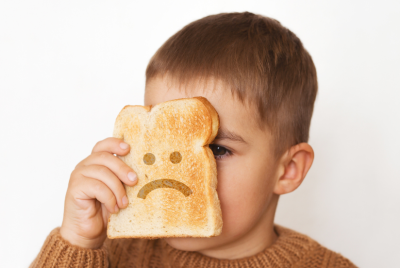Gluten-Free Baking: A Delicious Journey to Healthier Treats
Introduction
Welcome to the delectable realm of gluten-free baking, where flavor knows no bounds and health takes center stage. Are you ready to embark on a journey filled with tantalizing treats that cater to your dietary needs? Let’s dive in and discover the wonders of gluten-free baking together!
Why Gluten-Free Baking?
Why opt for gluten-free baking in the first place? Well, if you’re one of the many individuals with gluten intolerance or celiac disease, traditional baked goods can wreak havoc on your digestive system. Gluten, a protein found in wheat, barley, and rye, can trigger unpleasant symptoms ranging from bloating to severe abdominal pain. By embracing gluten-free baking, you can savor your favorite treats without the worry of discomfort or health repercussions.
Getting Started with Gluten-Free Baking
So, how does one dive into the world of gluten-free baking? Fear not, as it’s easier than you might think! Here’s a handy checklist to kickstart your gluten-free baking journey:
- Stock Up on Gluten-Free Flours: Replace traditional wheat flour with gluten-free alternatives such as almond flour, coconut flour, or rice flour.
- Invest in Quality Ingredients: Opt for high-quality gluten-free ingredients to ensure superior taste and texture in your baked goods.
- Experiment with Recipes: Don’t be afraid to get creative in the kitchen! Experiment with different recipes and flavor combinations to find your perfect gluten-free treats.
- Equip Yourself with Essential Tools: Make sure your kitchen is equipped with essential tools like mixing bowls, measuring cups, and a reliable oven thermometer to ensure baking success.
- Educate Yourself: Familiarize yourself with the fundamentals of gluten-free baking techniques to master the art and science behind it.
Gluten-Free Baking: Tips and Tricks
Now that you’re armed with the basics, let’s delve into some tried-and-true tips and tricks to elevate your gluten-free baking game:
- Ensure Proper Mixing: Properly mix your gluten-free batter to avoid clumps and achieve a smooth consistency.
- Add Binders: Incorporate binders such as xanthan gum or psyllium husk to mimic the elasticity and structure of gluten in your baked goods.
- Mind the Texture: Gluten-free flours often yield denser textures. Experiment with different flour blends and leavening agents to achieve the desired lightness and fluffiness in your treats.
- Adjust Liquid Content: Gluten-free flours absorb moisture differently than traditional wheat flour. Be prepared to adjust the liquid content of your recipes accordingly to prevent dryness or excess moisture.
Healthy Recipes to Try
Ready to put your newfound knowledge to the test? Here are some mouthwatering gluten-free baking recipes to tantalize your taste buds:
- Gluten-Free Chocolate Chip Cookies: Indulge in classic chocolate chip cookies made with almond flour for a chewy, gluten-free delight.
- Almond Flour Banana Bread: Enjoy a slice of moist and flavorful banana bread made with nutrient-rich almond flour.
- Coconut Flour Pancakes: Start your day on a delicious note with fluffy coconut flour pancakes that are both gluten-free and satisfying.
- Quinoa Pizza Crust: Craving pizza? Whip up a gluten-free quinoa pizza crust topped with your favorite veggies and cheese for a wholesome meal.
Frequently Asked Questions (FAQs)
1. Can I substitute gluten-free flour for regular flour in any recipe?
Absolutely! However, keep in mind that you may need to make adjustments to the recipe, such as increasing the liquid content or adding binders like xanthan gum to achieve the desired texture.
2. Are all oats gluten-free?
While oats themselves are naturally gluten-free, they may be processed in facilities that also handle gluten-containing grains. To ensure your oats are gluten-free, look for certified gluten-free labels on the packaging.
3. Can I use almond flour as a one-to-one replacement for wheat flour?
Almond flour behaves differently than wheat flour due to its higher fat content. It’s best to use almond flour in recipes specifically designed for gluten-free baking or to experiment with blends of different gluten-free flours for optimal results.
4. How can I prevent my gluten-free baked goods from turning out dry?
To prevent dryness in gluten-free baked goods, consider adding additional moisture-rich ingredients such as applesauce, yogurt, or mashed bananas to your recipes. Additionally, adjusting the baking time and temperature can help achieve a moist and tender texture.
5. Is gluten-free baking healthier than traditional baking?
While gluten-free baking can offer health benefits for individuals with gluten intolerance or celiac disease, the overall healthiness of baked goods depends on the ingredients used. Opting for whole, nutrient-rich ingredients and moderating sugar and fat content can contribute to healthier gluten-free treats.
6. Can I freeze gluten-free baked goods?
Yes, you can freeze gluten-free baked goods for future enjoyment. Simply allow them to cool completely, wrap them tightly in plastic wrap or aluminum foil, and store them in an airtight container or freezer bag. When ready to enjoy, thaw them at room temperature or gently reheat in the oven.
In Conclusion
Embarking on a gluten-free baking journey opens up a world of delicious possibilities for individuals with dietary restrictions or preferences. Armed with the right knowledge, ingredients, and techniques, you can whip up an array of mouthwatering treats that are sure to satisfy even the most discerning palates. So, don your apron, preheat your oven, and let the aroma of freshly baked gluten-free goodies fill your kitchen with joy and delight! Happy baking!




